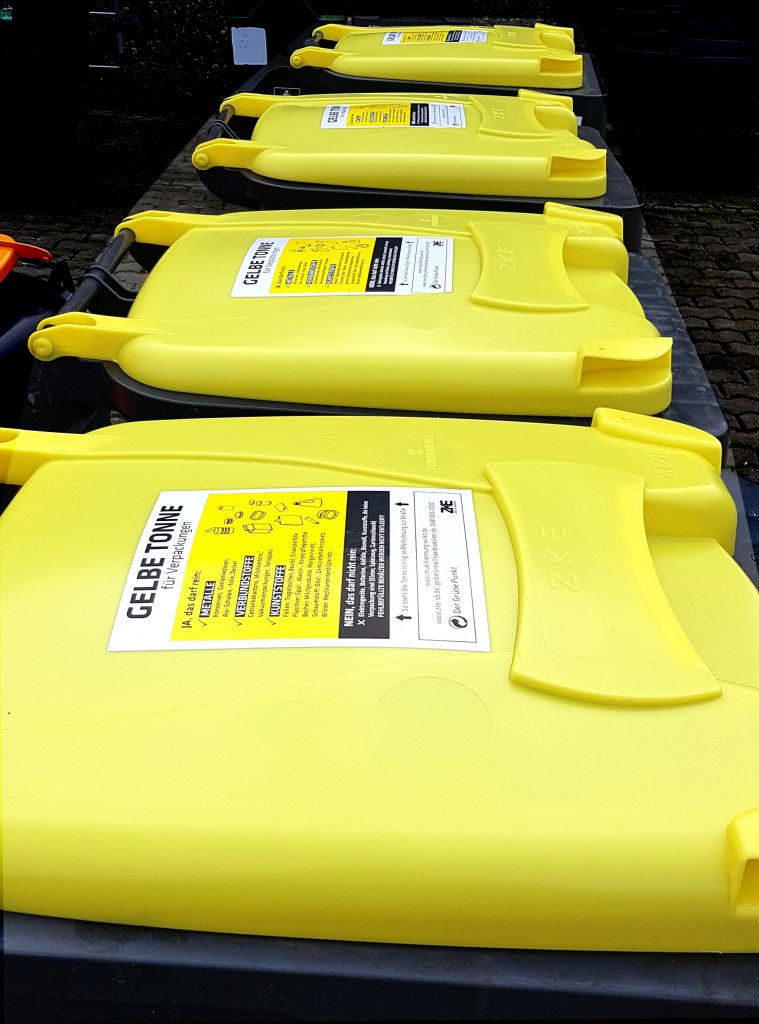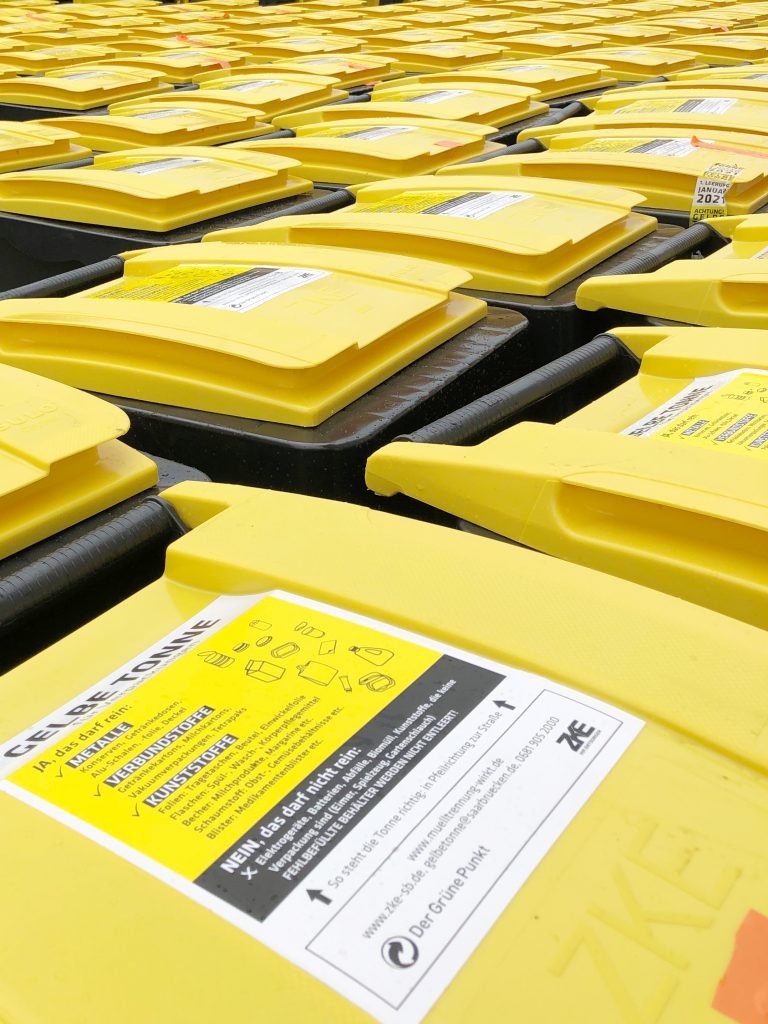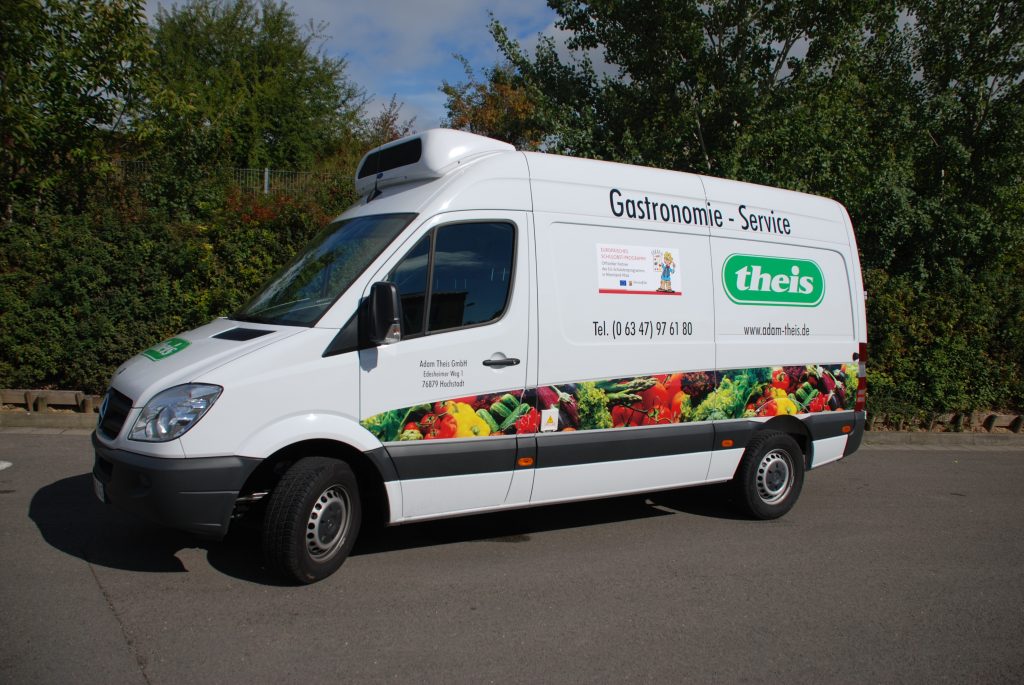Empty every yellow bin in the city every fortnight with minimal resources: This was the task given to the route planning expert gts by Saarbrücken's waste disposal companies ZKE and ASS mbH. The solution: For efficient disposal and collection sequence, the TransIT software solution divided the city of Saarbrücken into optimal areas. Since January 2021, the user has benefited from optimised tours that allow him to serve more containers in the same working time.
The Lightweight Packaging Consortium (ARGE-LVP) was founded by the Central Municipal Waste Management Company (ZKE) and the Abfallwirtschaftsgesellschaft Saarbrücken mbH. It won the tender procedure of the Dual Systems for the household collection and disposal of used sales packaging and has been emptying the yellow bins in Saarbrücken since January 2021.
Software instead of Excel
Previously, sales packaging in Saarbrücken was disposed of in yellow sacks. Therefore, after the contract was awarded at the end of 2020, ARGE-LVP initially distributed a total of 40,000 tonnes in the city. Afterwards, the city of Saarbrücken had to be divided into optimal collection districts in order to ensure regular emptying every two weeks. Due to the short time from placing the order to the first emptying, manual planning in an Excel environment would have been too time-consuming and labour-intensive. Therefore, the waste management company was looking for an IT environment that would enable them to complete the planning in time and optimise the resources needed for the tours. The decision was made in favour of the TransIT software from gts systems and consulting. At the start of the project in September 2020, the container master data was transferred from the Athos ERP system to TransIT to create the basis for the area planning.

Fast planning and good support
Based on 40,000 waste containers, 5,000 tonnes of light packaging per year and a collection every two weeks, gts first calculated the average collection weight per container type. Combined with the container data and the emptying times, TransIT was able to determine optimal collection districts for Saarbrücken. Their boundaries run along sensible locations such as main roads, intersections and railway lines. Now all bins within a district are emptied on the same day by the same vehicle. The collection sequence has also been optimised. Important parameters for this are one-way streets, loading requirements and the location of the disposal facility. After the planning was completed in October 2021, TransIT transferred the area data back into Athos, assigned the areas to specific emptying days and generated the waste collection calendar for the citizens. "Thanks to the training and support provided by gts, we achieved our desired result in just a few steps. Based on our experience, we quickly knew that the tours calculated by gts would work," say Jörg Taesch and Sascha Schadt, waste management dispatchers at ZKE and ASS mbH.
Special function becomes product standard
Gts quickly implemented a practice-oriented request for improvement for the Saarbrücken waste disposal company and subsequently included it in the product standard for all other TransIT customers: a sensible area division for manual interventions. Provided that all bins of a street section belong to the same collection district, the system will also move the other bins of the affected street section into the new area in case of a manual shift of one or more bins.
The waste management company's summary: "Thanks to the route optimisation, we can serve more containers in the same amount of time," summarises Jörg Taesch. "The graphical representation alone, i.e. the map overview, is already convincing. No matter how many streets and objects: So theoretically every city can be planned."








